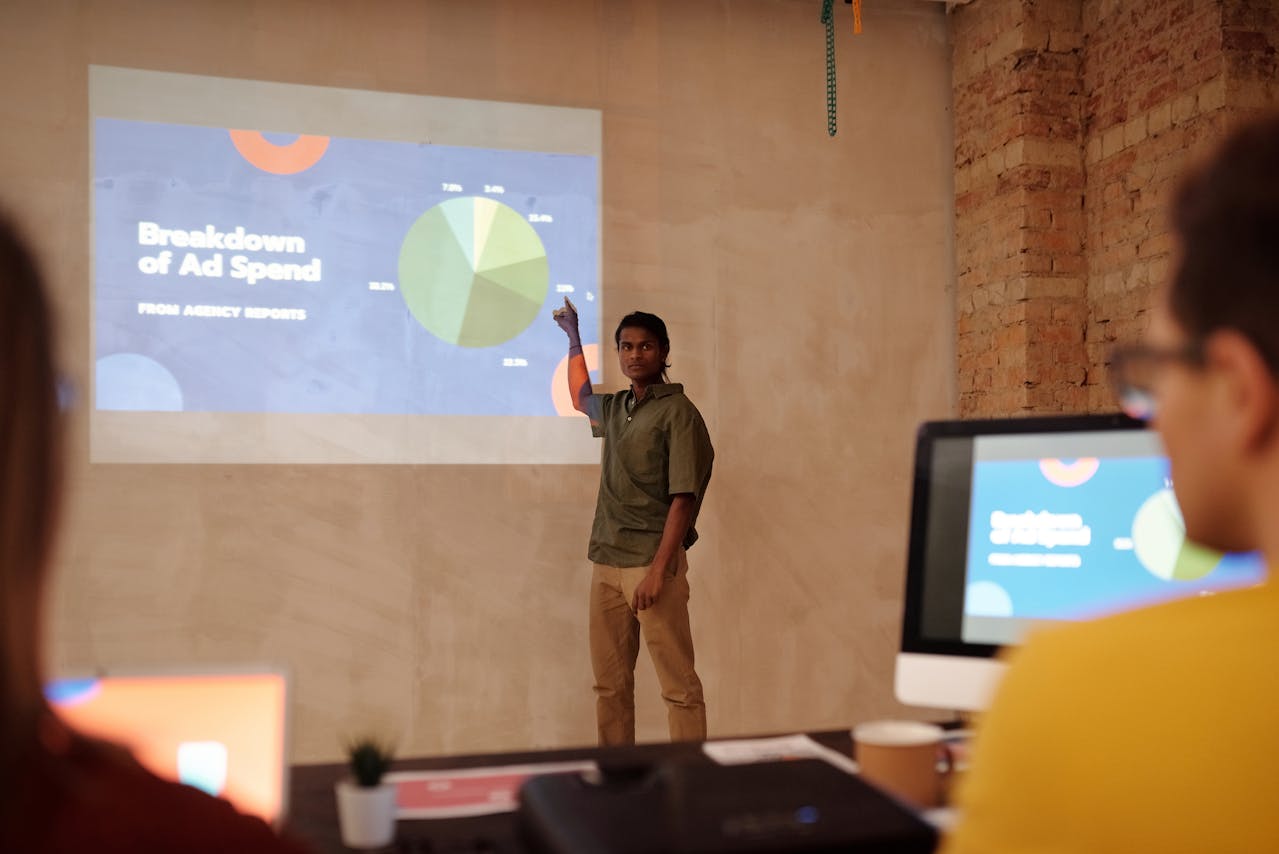It is a lot easier to set up your website than you thought. More and more people want to have an online presence of their own. You do not need to rely solely on an Instagram profile, a Twitter account, or a Facebook page.
Why not build a website of your own?
Let’s take a look at the most popular questions we have received in the past from ambitious beginners like yourself, to get started:
Am I going to need technical abilities?
This depends on your website’s intent. The most challenging way will be to learn how to code HTML, CSS, JavaScript, and PHP, basically every website’s basics.
But this isn’t the only way to build a website: you can easily set up a decent website even if you aren’t too familiar with the technical side of things.
Oh, but how?
By using a builder on a website. If you’re able to use Word, Facebook, or PowerPoint, you’ll have no problem using these resources. These simple-to-use platforms offer a visual editor and hosting, and through them, you can get a domain name: a one-stop shop.
How to set up a website: 5 steps to get started. These measures go through most website projects:
- Having a proposal for the structure and content of your website
- Record a domain name, preferably choose a .com
- To create your site, find a website builder (and hosting provider)
- For search engines, customize it
- Launch a website of yours
The 3 most popular ways of setting up a website
Let’s go over the most popular ways to get a website started. There are several remedies. Others are more versatile than others, and some are more dynamic.
Configuring a website with a website creator
Let’s start with the simplest option: a builder for a website. This is an “all-inclusive” package, so to speak: the template (design), editor, hosting, domain name, email address, and support will typically be offered by a single organization. The site designer takes care of the demanding things.
For beginners, this is not just beneficial. The project simply depends on it. When there are simple ways to do stuff, why complicate your life? On a subdomain (e.g. yourname.sitebuildername.com), which is ad-supported, almost all site builders let you create a free simple website. You should check it out in-depth using such a package before determining whether the cost is worth it.
Prices start at about $8 a month, but all the basics are included. It can be even cheaper if you don’t especially need an email address.
Please watch our step-by-step tutorial on website production to better understand exactly how it works!
Pros:
Using it is quite simple.
You don’t need supplementary tools.
Without technical expertise, you cannot start.
The website designer manages the updates and security aspects.
Predefined templates for design that you can change as you want
The Cons:
Additional functionality you can’t always add (depending on the website builder).
Because you’re relying on the supplier, it is not as versatile.
They are not intended for very complex projects that need a database (e.g. a job or real-estate directories)
Wix, Weebly, and Shopify are the best-known website builders (for online stores). In our full contrast, you’ll find other website builders.
The Wix website builder can be tried for free and for as long as you like.
Creating a website with a content management system
It’s a little more complicated with content management systems (CMS). Even though they work the same way as a website builder, they are much harder to use.
Not only can you add basic content including texts and photos with a website builder, but you can even design an entire website. In this case, a classic content management system will be even more restricted, because you’re limited to the available models as far as appearance goes.
But there are plenty of systems, such as Joomla! We’ll concentrate on WordPress, Drupal, and Typo3, the most common CMS. It’s not hard to set up, thanks to hosting companies that offer a one-click install.
You can also easily install a prototype and use the design options to change it. But: if you don’t like anything, you’ll probably have to change the CSS or HTML file (you or a programmer).
How much you want to spend and your technical skills will rely on the hosting, domain, email address, installation,n and level of support that you choose. When you do it yourself, it can be very cheap.
An enormous benefit, especially for WordPress, is that you have thousands of plugins that allow you to add special features that are not initially included on your website. WooCommerce, a plugin that adds a full online store, will be a typical example.
WordPress is programmed to be in a single language by default, but some plugins let you translate the website, such as WPML. The Yoast SEO plugin, which lets you change search engine settings, is another of my favorites (e.g. Google).
How to self-program a website (or hire someone to do it).
The ultimate discipline is this: opening the editor and beginning to code. The page itself would have to be made by those who need absolute liberty. For this, you need patience, and it is typically daunting for beginners (and frustrating).
Websites like Codecademy, Mozilla, or W2Schools, which have step-by-step tutorials for beginners, are a good place to start. But before your website is ready, expect a long journey.
In this case, because it depends on the project, it is not possible to give a price in general. Overall, if you need to hire a programmer, it would be much more expensive: paying $8-10 a month for a website creator would still be less than what every designer or agency charges for an hour of work.
NetBeans, Aptana Studio, or Brackets are somefavoritess. All make HTML, CSS, JavaScript, PHP, at least, and are open. Webflow, which is a visual source code editor, is another alternative.
What about the name of a domain?
You need to buy your own domain if you don’t want to use a free domain name (which looks pretty ugly as it’s going to have another company’s name on it). It’ll look like www.mycompany.com then. Typically, unless you are working exclusively in a nation like Canada (.ca) or the UK, it is better to get the .com extension (.co.uk).
A forum design and planning
Just like it’s not always a smart idea to begin cooking without following a recipe, the same goes for building a website, at least if you have no experience. Improvising is not a good idea here. Planning will help you determine which parts you need, which content fits best for you, and how you can build your website.
Tips for your website planning:
- Using a pen and paper write down everything on the website that you want. The best ways to organize your thoughts are to dream and to create a mind map.
- Take a peek, both in terms of design and content, at other interesting websites. Note what you want and don’t like.
- Ask people you trust, once you have a draft of what you want on your website, what they think. Certainly, you’ll find some fascinating views that you can integrate.
- Build a list of all of the pages the website would have(e.g. in Excel). Notice the title, what kind of content you’re going to have, keywords, the intent, the kind of page, and its significance.
Does Your Business Need a New Website That Brings in New Business?
Remember, when creating a website you have two equally important audiences: Humans and Google. Most website designers stick to designing for humans. Why? Because the client wants a beautiful site first, and the designer is interested in making that client happy. But unfortunately, that’s where most designers stop. Magnified Media designs sites for both Humans and Google. Why again you ask? The reason is simple – if you don’t make your site Google-friendly, it won’t ever get seen by Humans! Interested in seeing what we can do for your business? Schedule your free Online Presence Audit now.









